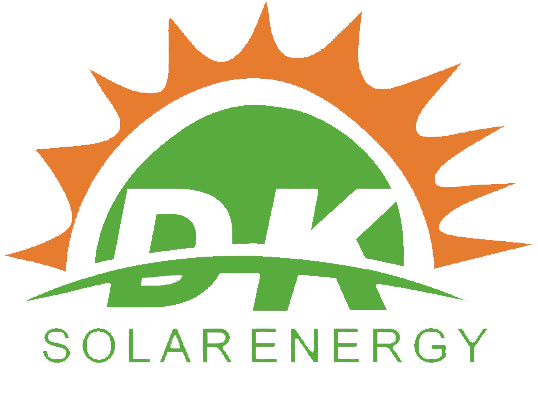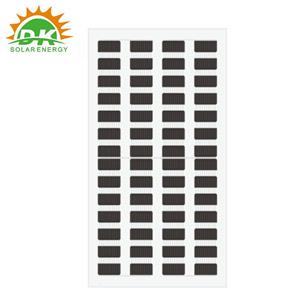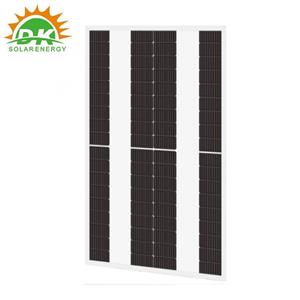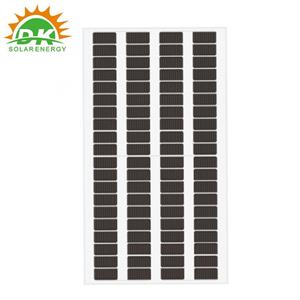-
0611-2025
Solar Energy Turns into a "Savings Pot" – The "Solar-Storage Duo" Makes 2025 Energy Life Amazing!
In 2025, the "solar-storage duo" of solar panels and batteries has gone mainstream, evolving from professional gear to daily energy stewards. Thin, flexible, and easy to install, they power homes (balconies as mini power stations), camping trips, remote areas, and even desert restoration. Boosted by perovskite and sodium-ion tech, they're smarter, more cost-effective, and eco-friendly, enabling energy independence and supporting global decarbonization.
-
2608-2025
ETFE film of characteristics and typical applications by thickness
The thickness of ETFE (ethylene-tetrafluoroethylene copolymer) — ranging from 25μm to over 1mm, with composite structures reaching the millimeter level — directly determines its mechanical properties, light transmittance, etc. It is divided into three types for PV and other fields: Ultra-thin (25-50μm): Extremely lightweight, highly flexible, ~95% light transmittance, suitable for flexible PV encapsulation and portable energy equipment; Conventional (50-200μm): Balanced performance, accounting for over 70% of global consumption, used in BIPV membrane structures and rigid PV protection; Thick-walled/composite (200μm+): High strength and corrosion resistance, applied in PV power plant protection, industrial linings and special building load-bearing structures.
-
1108-2025
What are the advantages and disadvantages of the flexible solar modules with adhesive backing ?
Self-adhesive flexible solar modules offer key advantages: easy installation without brackets/drilling, cutting steps by 70% and boosting efficiency by 40%; adaptability to curved/irregular surfaces; lightweight (4-5kg/m²) for load-sensitive areas; reduced base material damage and waterproof risks; suitability for temporary/mobile use. Disadvantages include limited durability (affected by temperature/UV), high temperature sensitivity, hard maintenance/replacement, strict base material compatibility, and cost-performance conflicts.
-
2406-2025
The 18th (2025) International Solar Photovoltaic and Smart Energy, Energy Storage and Battery Technology and Equipment (Shanghai) Exhibition
On June 10, the 18th (2025) International Solar Photovoltaic and Smart Energy & Energy Storage and Battery Technology and Equipment (Shanghai) Exhibition opened at the National Exhibition and Convention Center (Shanghai). Over 3,600 companies from 95 countries showcased products spanning the entire photovoltaic industry chain. Advanced technologies like TOPCon and perovskite tandem cells, along with integrated photovoltaic - energy storage solutions, were highlights. The event also featured forums on industry trends. Lasting until June 13, this exhibition serves as a crucial platform for global cooperation, innovation, and the push towards green energy transition.
-
0906-2025
Key Differences Between Double-sided and Single-sided Fluorinated Backsheets for Solar Panels
This article focuses on the advantages and disadvantages of double - sided and single - sided coated fluorinated backsheets for photovoltaic modules. Double - sided coated ones offer excellent weather resistance, high mechanical strength, and good compatibility, but they are costly, less environmentally friendly, and heavy. Single - sided coated backsheets have cost and weight advantages, and better environmental performance, yet their weather resistance is slightly weaker, the process is more complex, and market recognition is low. Overall, the choice between them depends on specific project requirements and application scenarios.
-
1004-2025
Flexible Solar Panels: Redefining the Future of Renewable Energy.
By 2025, the development of flexible photovoltaic technology will focus on three core breakthrough directions: In the materials field, efforts will concentrate on improving the environmental stability of perovskite components and developing lead-free processes, while also exploring new quantum dot composite structures to enhance photoelectric conversion efficiency. In terms of manufacturing processes, advancements will be made in intelligent roll-to-roll precision printing technology and multi-material layer integration to achieve more efficient and cost-effective large-scale production. For application innovation, special flexible components suitable for extreme environments will be developed, equipped with interactive functions such as smart dimming and health monitoring, along with establishing a sustainable material recycling system. This will drive the transformation of flexible photovoltaics from a single power generation function to an intelligent, scenario-based 'energy skin'.
-
0503-2025
Solar Roof Development: A Bright Future for Sustainable Energy
In recent years, the solar roof industry has witnessed remarkable growth, driven by advancements in technology, increasing environmental awareness, and supportive government policies. Solar roofs, which integrate photovoltaic (PV) panels into roofing materials, are revolutionizing the way we generate electricity while providing a sustainable solution to energy consumption.
-
3112-2024
Innovations and emerging trends in the photovoltaic materials market
What are photovoltaic materials? The materials used to produce solar panels or cells that convert sunlight into electricity are known as the photovoltaic materials market. These materials are primarily semiconductors that absorb light and convert it into electrical charges. Perovskite, organic and silicon-based photovoltaic materials are the most widely used types of photovoltaic materials. Silicon-based photovoltaic materials dominate due to their efficiency, reliability and proven production methods. However, new technologies such as perovskite solar cells are beginning to emerge as possible industry game-changers because they can deliver higher efficiencies at a cheaper cost. Traditional solar panels are not the only photovoltaic materials on the market. The uses of solar energy are also expanding thanks to advances in solar thin films, bifacial solar cells and building-integrated photovoltaics (BIPV).
-
1211-2024
How to deal with scrapped solar panels?




